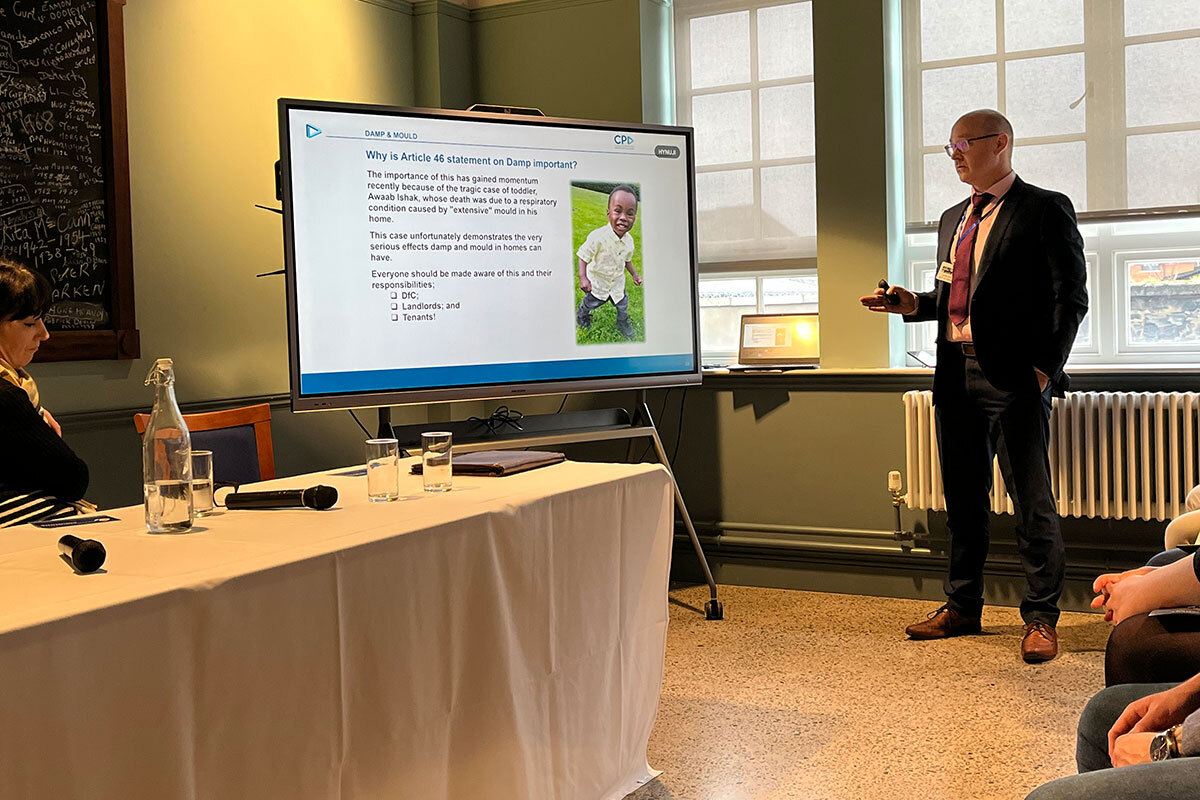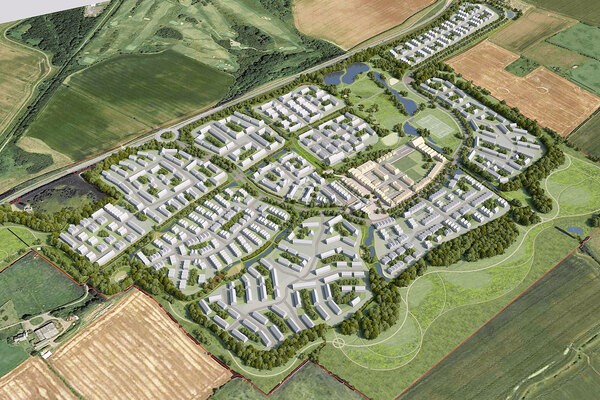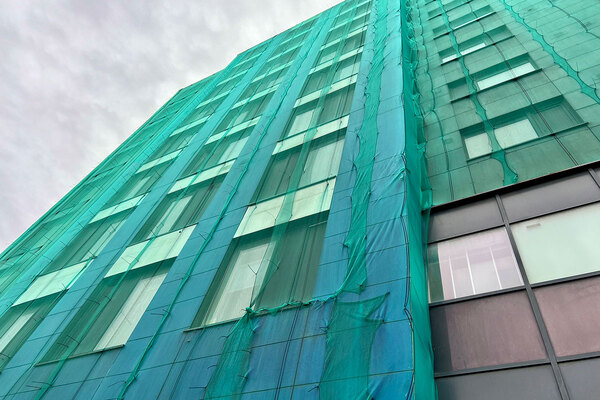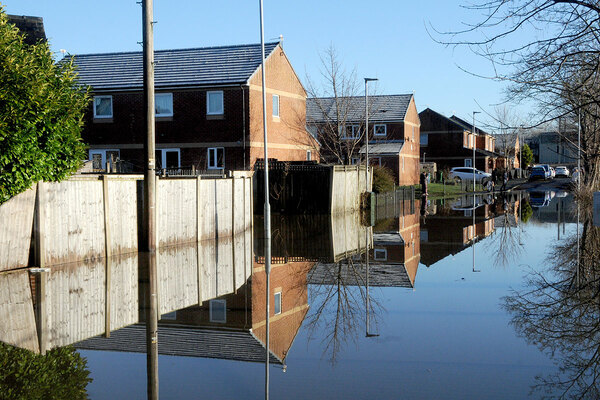Northern Ireland housing associations should adopt HHSRS, says DfC
The Department for Communities (DfC) has recommended that housing associations in Northern Ireland assess damp and mould in their homes using the Housing Health and Safety Rating System (HHSRS).
A government worker explained the details of HHSRS, a risk-based assessment of hazards already used in England and Wales, at the Northern Ireland Federation of Housing Associations’ (NIFHA) Housing Development and Asset Management conference in Belfast last week.
Speaking at a session on damp and mould, Colm Deery, head of a Department of Finance housing advisory unit embedded with the DfC, said the system is considered best practice.
The recommendation forms part of wider updated damp and mould guidance published by the DfC this month for housing associations in Northern Ireland.
As it stands in the country, the regulation around damp in homes is outlined in the Fitness Standard set out in Article 46 of the Housing (Northern Ireland) Order 1981. It stated that a “dwelling must be free from dampness prejudicial to the health of the occupants”.
The legislation has not been amended in more than 40 years.
The Decent Homes Standard, introduced in the early 2000s with the aim of introducing a minimum standard for the condition of social homes, applies to England and Northern Ireland.
In 2006, England and Wales adopted the HHSRS, aimed at helping councils identify and protect against a specific list of 29 potential risks and hazards to health and safety in homes.
The Homes (Fitness for Human Habitation) Act 2018 added the hazards listed in HHSRS to requirements set out in the Landlord and Tenant Act 1985. It came into full force in England in 2020 and Wales in 2022.
It meant tenants were able to legally compel their landlord to fix any of the HHSRS hazards, which range from fire safety issues to damp and mould, or poor natural lighting and ventilation.
However, Mr Deery said: “There is no statutory requirement for HHSRS in Northern Ireland.”
He said the tragic case of Awaaab Ishak, the two-year-old who died from prolonged exposure to mould in a housing association flat in Rochdale, demonstrated the “very serious effects that we all should know about – DfC, landlords and tenants”.
Mr Deery added: “So why does DfC think guidance is required? DfC is very interested in how social tenants’ health and welfare is protected.
“The Ishak case, which is going to materialise into law in England in due course, has highlighted the importance of educating society regarding prolonged exposure to damp and mould in our home. [Of] educating tenants to be proactive and readily report damp and mould in their home. [Of] compassionately dealing with tenants’ concerns promptly and effectively.
“And then, lastly, to carry out a comprehensive investigation to understand the tenants diverse needs, and any barriers that might be there to them getting these services.”
Mr Deery said the DfC did a review of potential guidance “to help protect us all”.
He added: “DfC considers that the HHSRS is the best practice on this matter.
“And they suggest that the manner in which the HHSRS addresses and assesses damp and mould is a comprehensive way to mitigate the risk factors associated with these very serious and real conditions and hence helping you to comply with Article 46.
“We’re not saying that HHSRS is the only show on this, and our guidance has referred to that. If you’re doing something similar, that’s all well.”
The session also heard from Radius Housing, which outlined the work it is doing on damp and mould.
Sign up for our Northern Ireland bulletin
Already have an account? Click here to manage your newsletters












